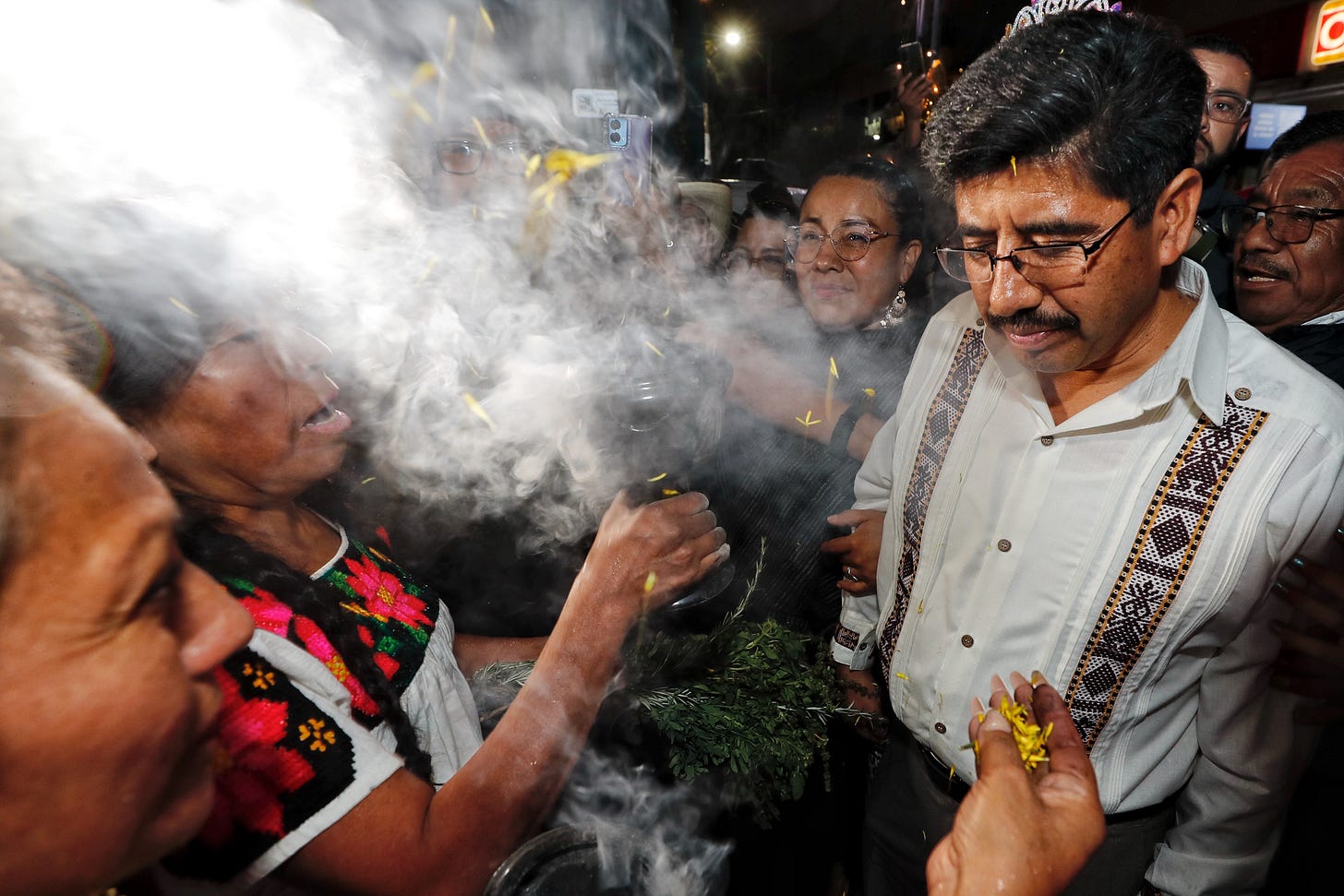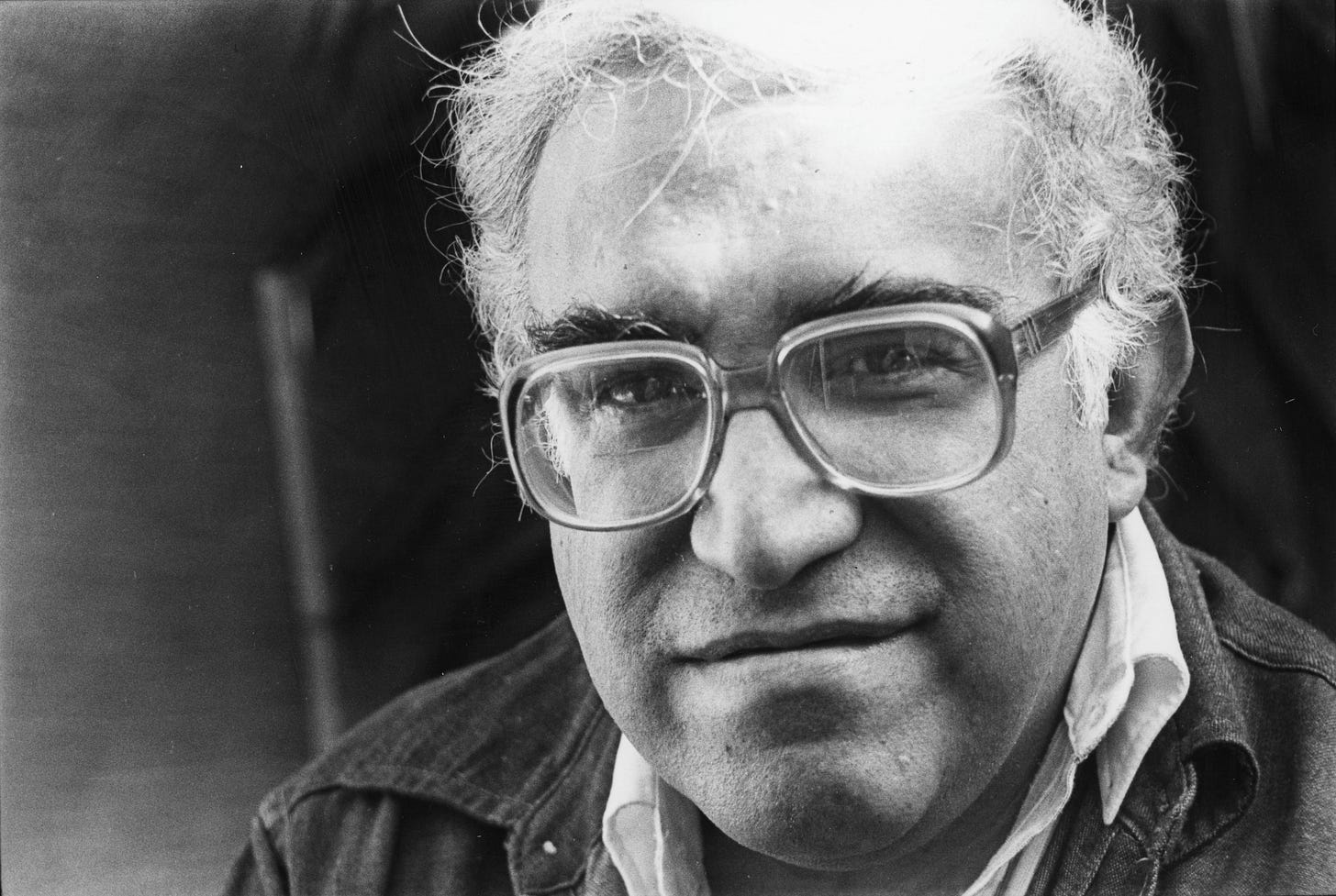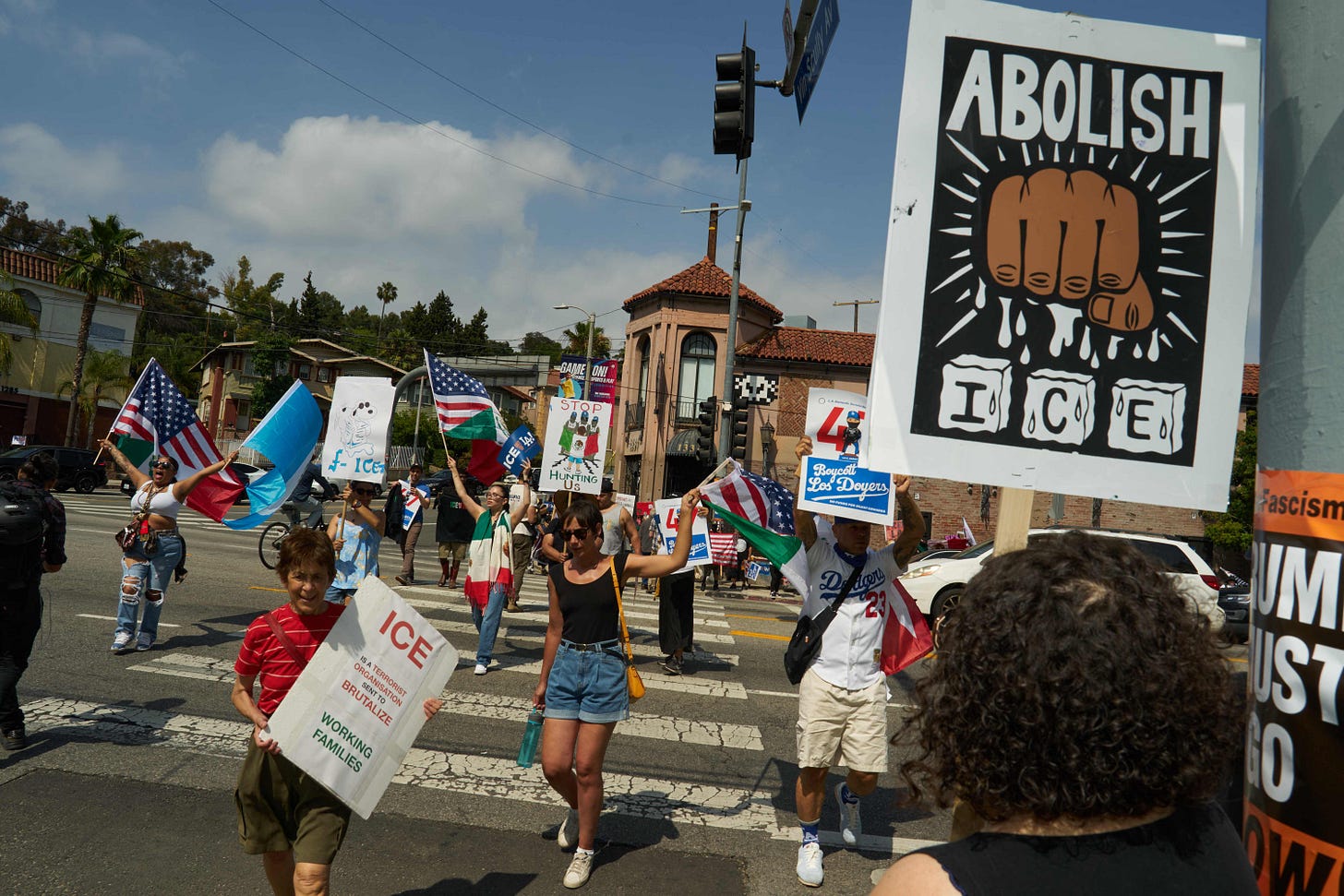27 June 25 | Indigenous Power: Emancipation or Integration?
Also in this edition: Who was Carlos Monsiváis really? Poverty in Mexico is decreasing—but what about inequality? Brazil: disapproval of Lula increases. Photos: the Mexico of Mexicans.
Lea La Jornada en español aquí.
Five Hundred Years Later, Autonomy Alone is Not Enough
The Indigenous peoples of Mexico and the Americas built some of the most powerful and advanced civilizations in the world which were nearly destroyed during the first genocidal century of European conquest. In recent decades, the 500-year struggle of resistance has manifested itself in a greater indigenous presence and leadership in the political and social spheres that are transforming Mexico and other countries in the hemisphere.
The 2,000-year history of prehispanic Indigenous civilization continues to astonish, with new secrets revealed through archaeological science. For example, in June, a carved panel on a limestone slab discovered in the Calakmul archaeological zone in Campeche—one of the major Mayan capitals during the Classic period (3rd to 10th century CE)—may lead to a rethinking of what is known about that civilization’s urban areas. New research also shows how, starting in the 13th century, Tenochtitlan became the Mexican political, economic, and spiritual center—just as Mexico City remains the national hub today.
Today, in Mexico, there are political leaders who publicly identify as Indigenous, although the numbers are still limited. In June, the president-elect of Mexico’s Supreme Court, Mixtec lawyer Hugo Aguilar Ortiz, attended his first public event: a fandango with Indigenous and Afro-Mexican communities. “I want to offer the presidency of the Supreme Court to all of you,” he said. “I’ll keep saying it: I’m not arriving alone. We are all arriving—Indigenous and Afro-Mexican peoples alike.”
In July, the Mexican Congress will begin consultations with Indigenous communities on a draft law that recognizes these populations with their own rights, responsibilities and moral status. Senator Kantún Can described the process as a crucial step toward addressing a “huge historical debt.”
These advances are not only happening at the national level. In June, the Electoral Tribunal of the State of Michoacán for the first time recognized the collective rights of the Afro-Mexican community in El Ticuiz, setting an important legal precedent.
Armando Bartra writes in La Jornada del Campo that “the growing leadership of the Indigenous peoples of our continent since the late 20th century, and their emphasis on autonomy and constitutional inclusion, sparked a revolution in legal thought and a refoundation of constitutionalism.” But he warns that autonomy alone is not enough to build the inclusive nation envisioned by Indigenous leaders and national progressive politicians.
Hermann Bellinghausen, in Ojarasca, reflects on the increased Indigenous presence in political posts and asks: does this really mean the state recognizes their rights? “It seems like the state, with good intentions, is paying off historical debts that are 500 years overdue,” he writes. “In various mid-level government positions (and some top ones), there’s been a proliferation of Indigenous leaders, intellectuals, and artists. Notably, there's been strong participation by women, as would be expected in a government led by a woman. This is also evident in federal and state legislatures where Indigenous populations are electorally significant.”
He adds that “cultural and professional support for Indigenous people is now greater than ever.” This recognition even extends to “official attire: designer huipiles, headdresses, jewelry, shirts and guayaberas that are original, or inspired by originals.” Now, the appointment of an Indigenous person as Chief Justice of the Supreme Court is being framed as both empowerment and acknowledgment of the Indigenous cause. But Bellinghausen concludes that, beyond public declarations, these developments raise a key question for the future: “Is it emancipation—or integration?”
The Quote:
The Toltecs were wise.
They conversed with their own hearts...
They were singers...
The Toltecs guarded their songs
In their memories.– Fragment of prehispanic poem
In case you missed it:
◻️ Without words. Responses to the war in the Middle East.
◻️ Carlos Monsiváis: Between Madonna and a shy cat. Who was Carlos Monsiváis, beyond the icon? A sharp critic, a chronicler of daily life, and an essential figure in Mexican culture. In the latest episode of the Palabras Cruzadas podcast, Javier Aranda speaks with two close friends of the writer: Armando Colina and Iván Restrepo. In La Jornada, author Elena Poniatowska—also a close friend—describes him as an “essential thorn in the side of Mexican life from the 1950s to today… Nothing that happened in the country escaped his gaze.”
◻️ Poverty falls in Mexico, but not inequality. Mexico achieved the greatest poverty reduction among OECD countries. Yet despite this achievement, it remains the tenth most unequal economy in the world—behind Brazil, Russia, South Africa, UAE, Saudi Arabia, Sweden, the United States, India, and Turkey.
◻️ Mexico faces an environmental tragedy: Alicia Bárcena. Each year, more than 155,000 hectares of forest are lost, warns the Secretary of Environment. Requests for environmental permits pour in daily from the same five or six families who dominate tourism and mining. Bárcena says, “This is the culture of privilege we’re trying to combat, because there is such a concentration of income in this country.”
◻️ Stories from the Mexican left: Jaramillista Plutarco García. Luis Hernández Navarro writes about García’s contributions to rural social movements. Now at age 86, García “carries the responsibility of being the bridge between the Jaramillista legacy and the new rural movement.”
◻️ Remittance tax– an assault on dignity: Chuy García. “Migrants already fulfill their financial obligations in the U.S. They should be free to use the money they worked so hard for however they choose—whether to rebuild a bridge or buy medicine for their mothers,” writes U.S. Congressman Chuy García in La Jornada. “If we’re serious about justice, we should tax billionaires, not the people who clean our offices, care for our elderly, and carry the economy on their backs.”
◻️ Brazil: increasing disapproval of Lula. “More than halfway through his third presidential term, Lula has the lowest approval rating of his career: 26 percent,” writes Eric Nepomuceno. “The reality is, he keeps repeating the same old messages from decades ago, unaware that the millions he lifted from poverty are now lower middle class—and no longer moved by speeches about fighting hunger.”
◻️ A Woman in History: Doña Violeta Chamorro. Marking her passing, Sergio Ramírez—former Vice President of the Sandinista government defeated by Chamorro—writes about the first woman in her country to be elected president through popular vote. Her victory came in the middle of a decade-long civil war bleeding Nicaragua dry during the Cold War. “In Nicaragua’s modern history—marked by oppression and violence—civilian presidents who respect the law and the Constitution are extremely rare,” he writes. “A sad pattern that continues into the 21st century.”
◻️ The Mexico of the Mexicans III is a powerful testimony to how children can find joy in life’s simplest things. This photo exhibit reveals the rich diversity and social complexity of the country. Meanwhile in Spain, photographer Graciela Iturbide says she takes photos “with the eye, the head, and the heart.”










